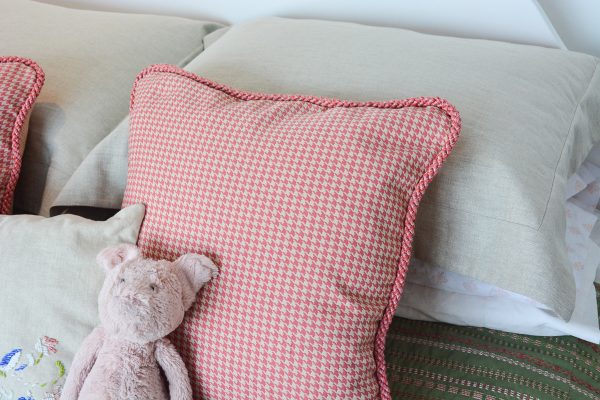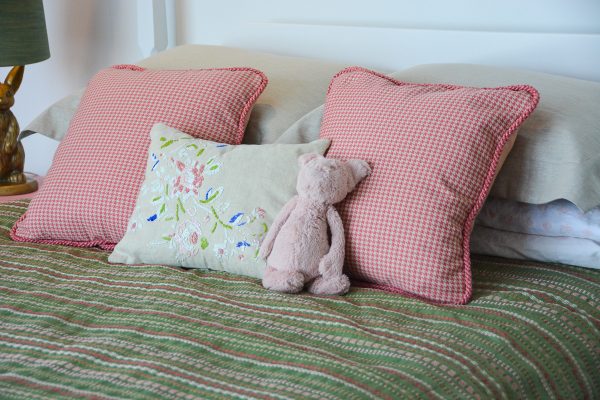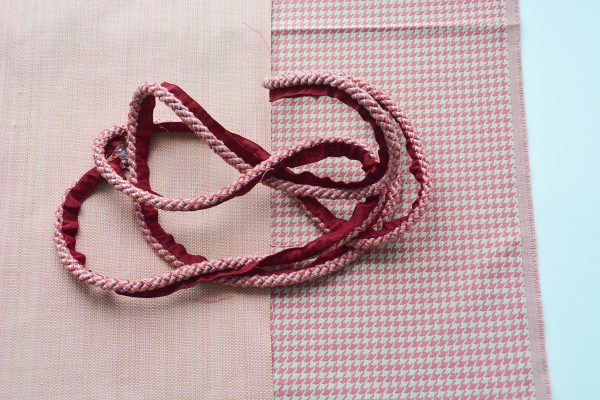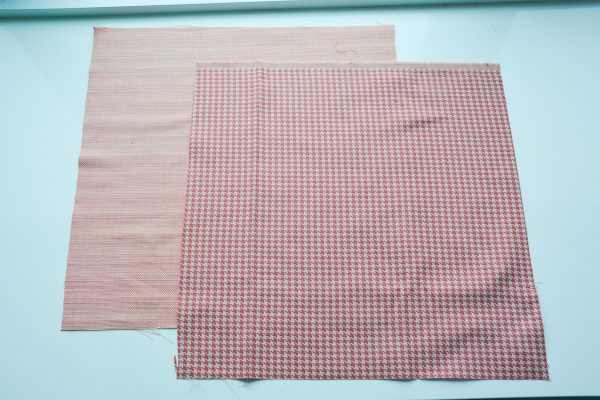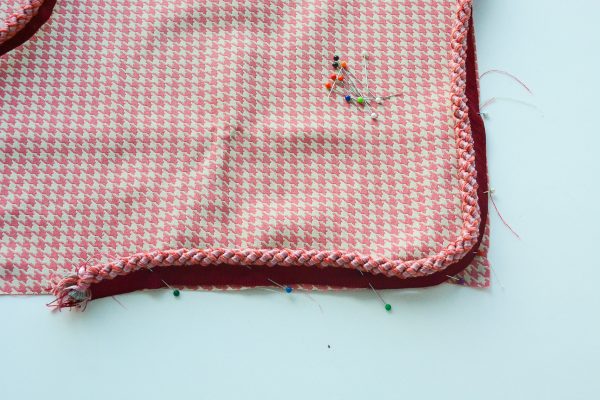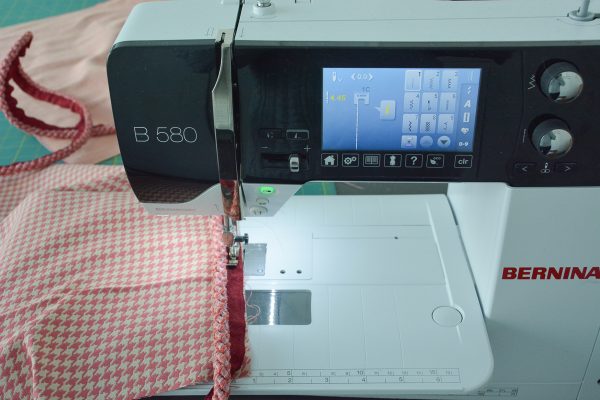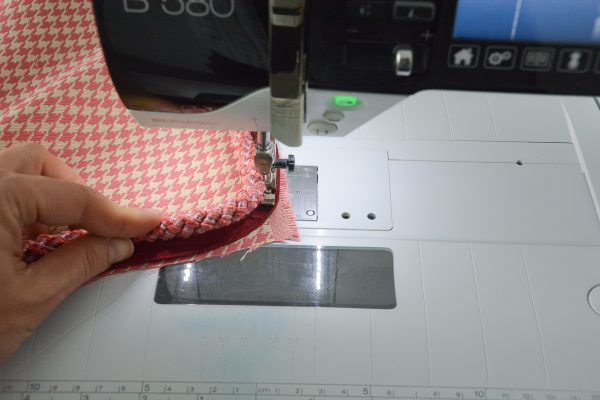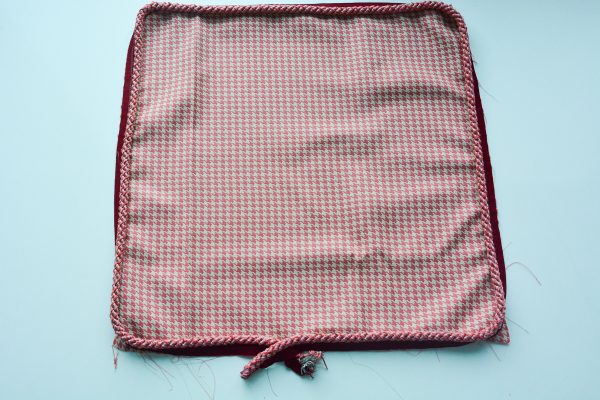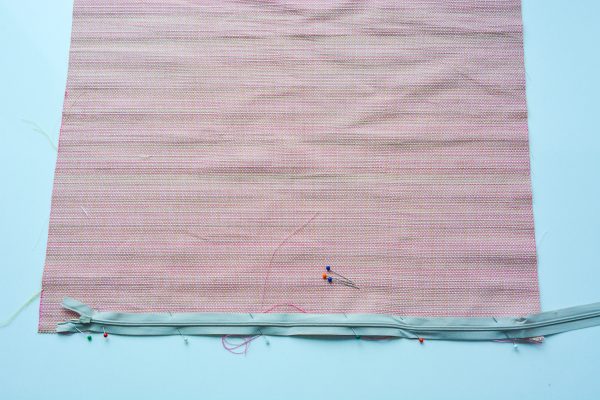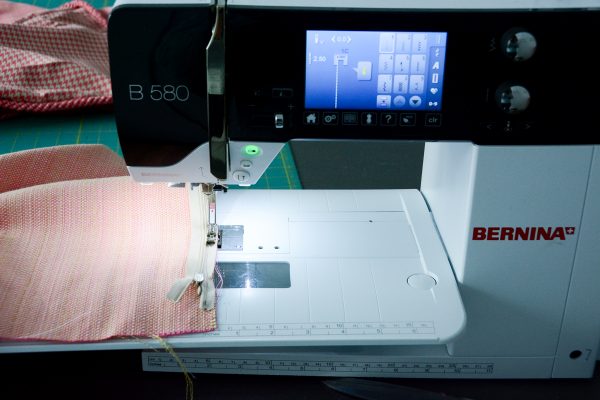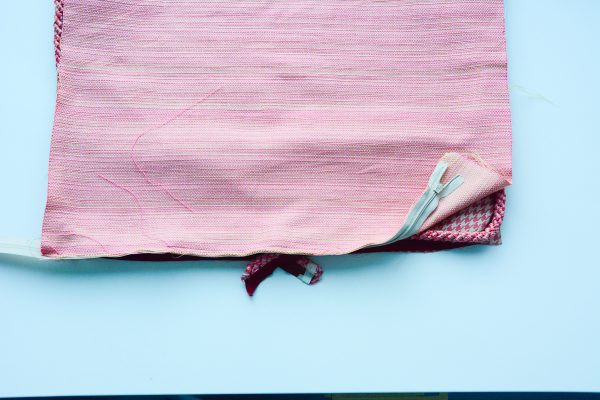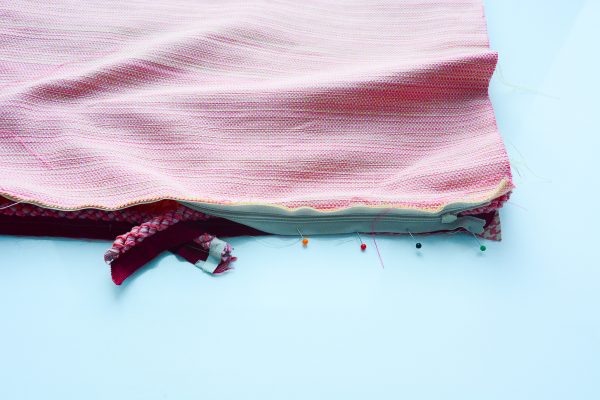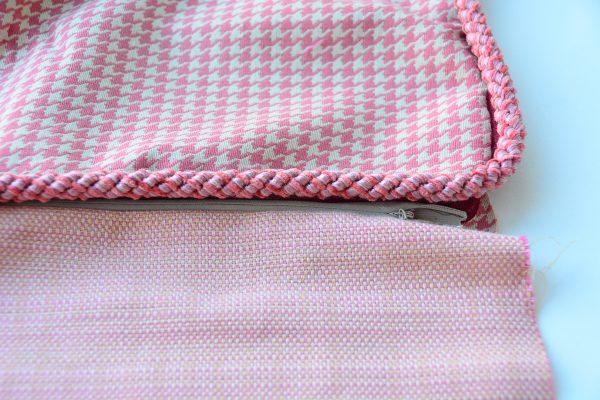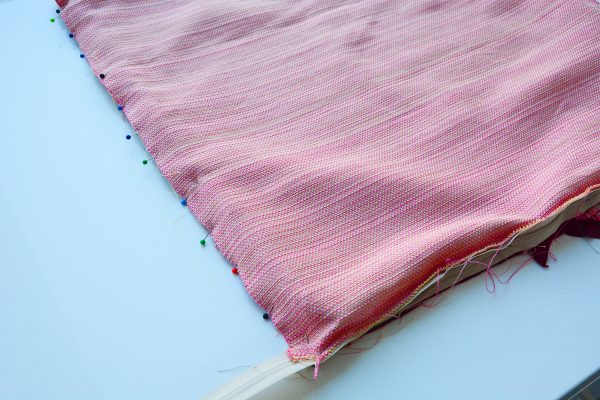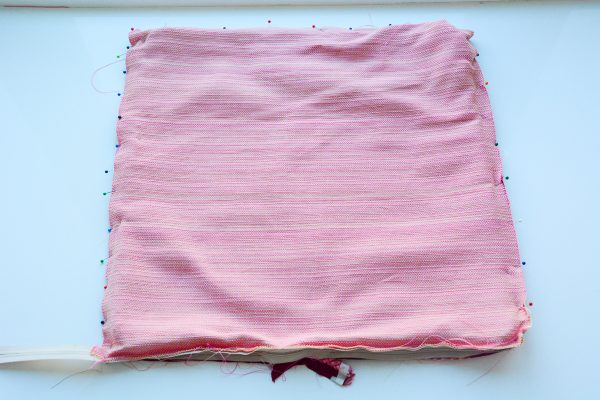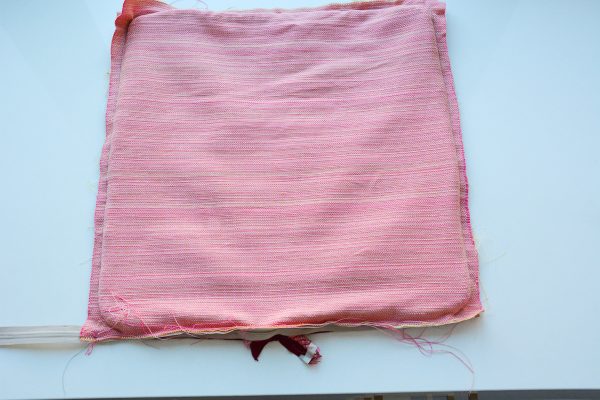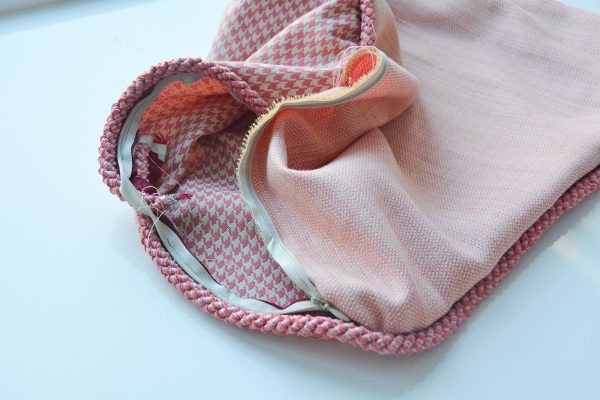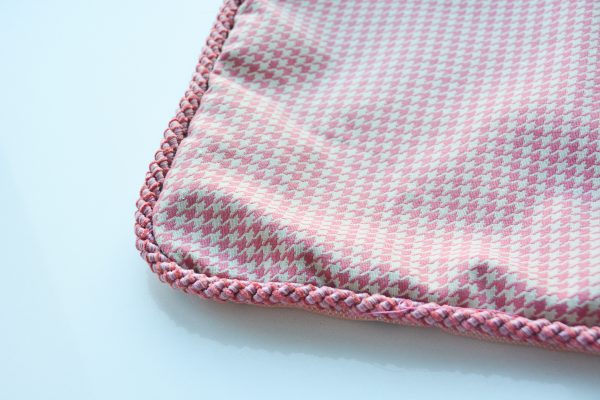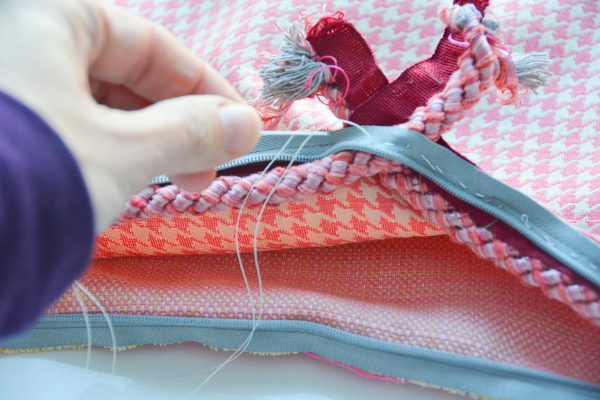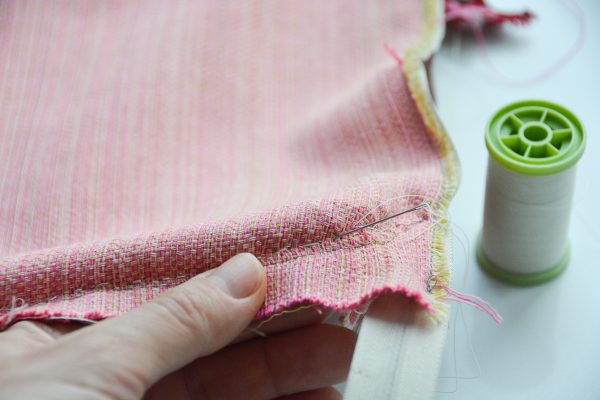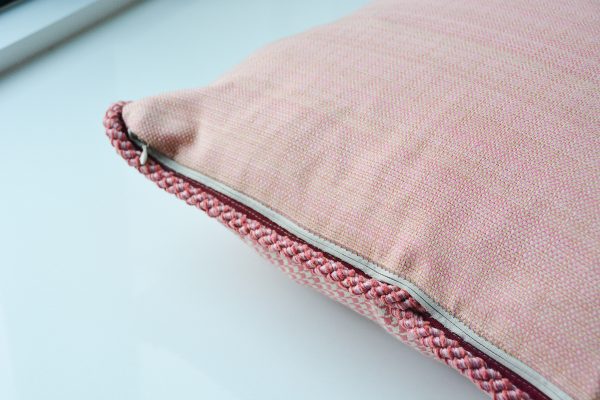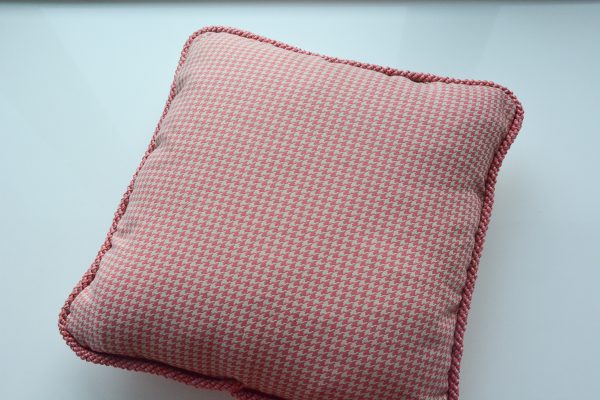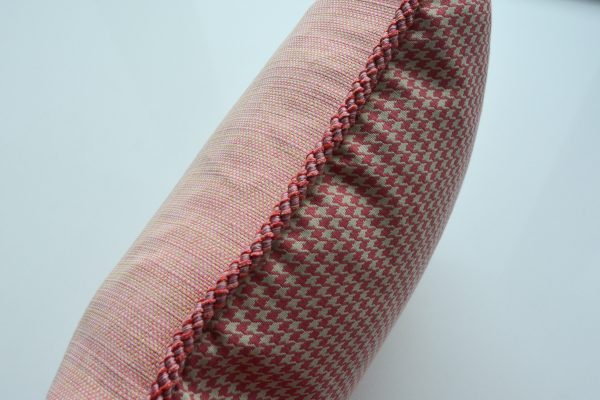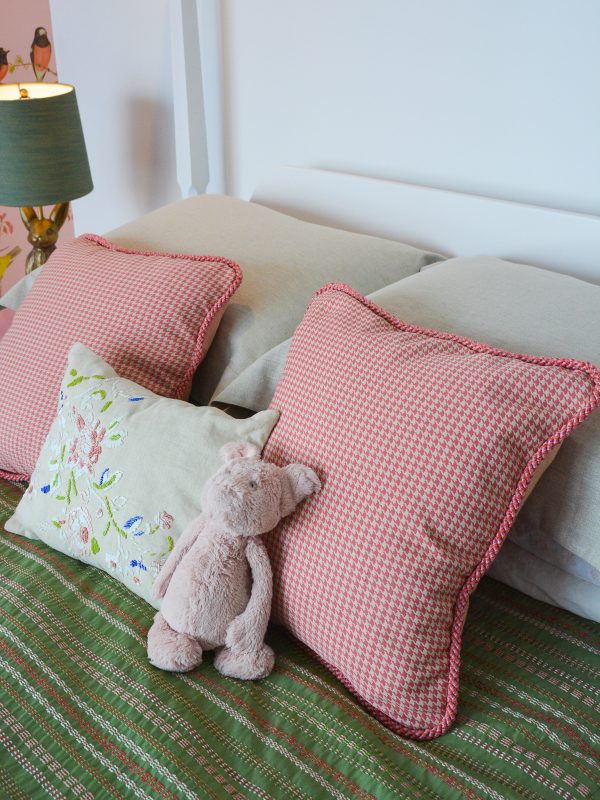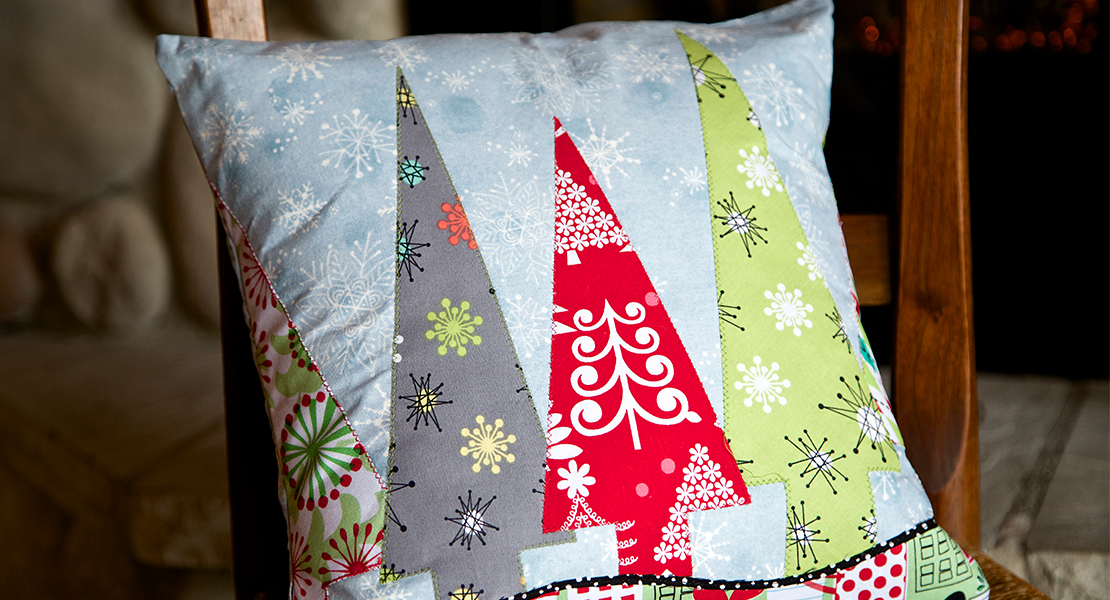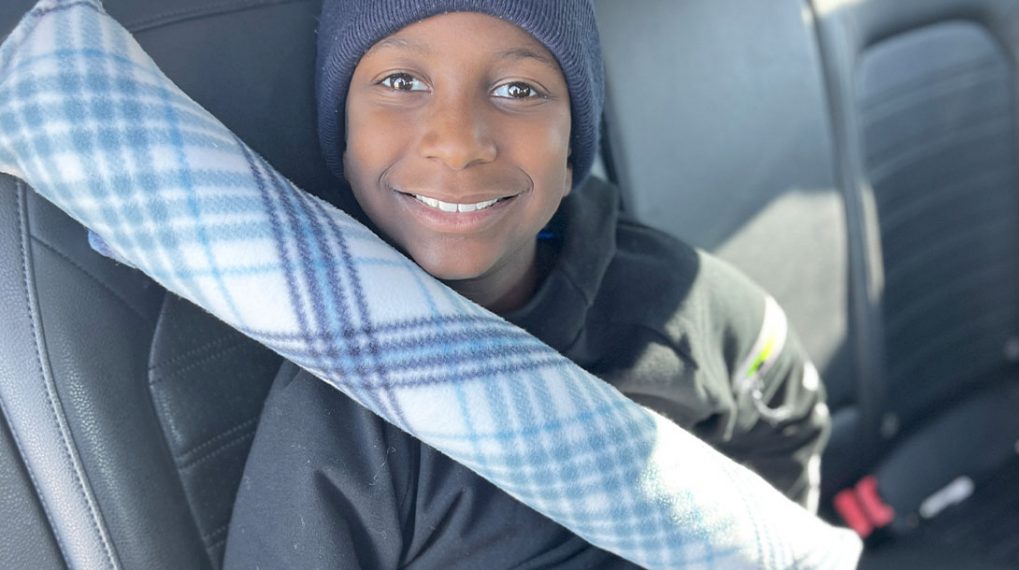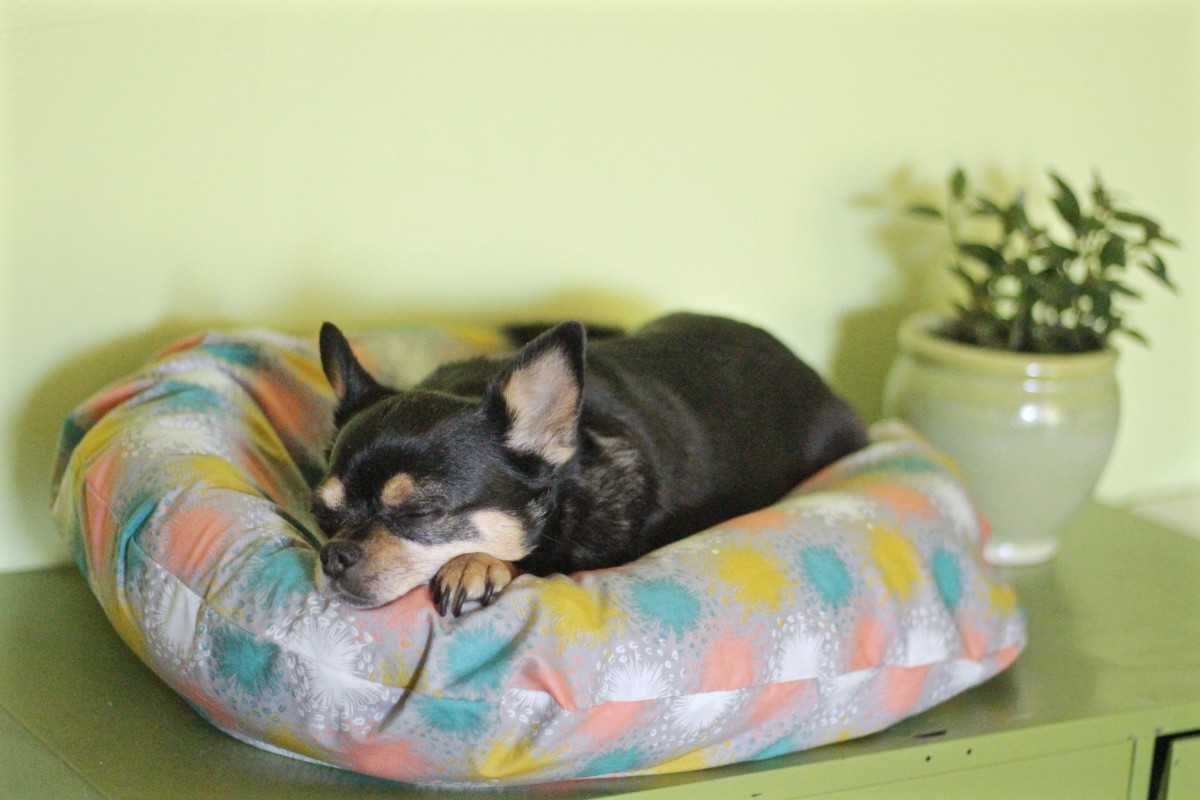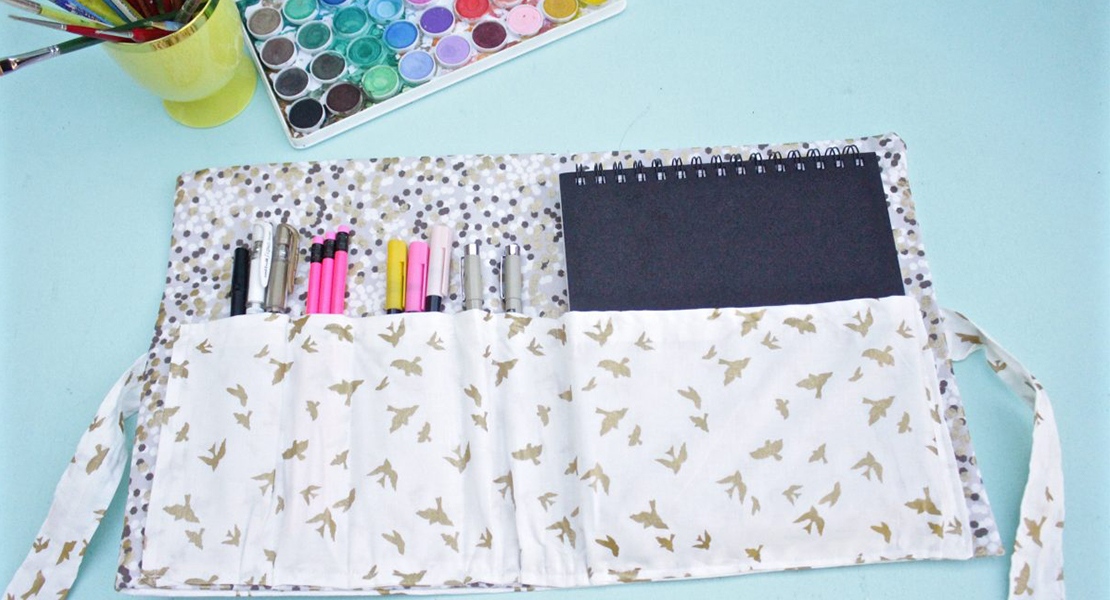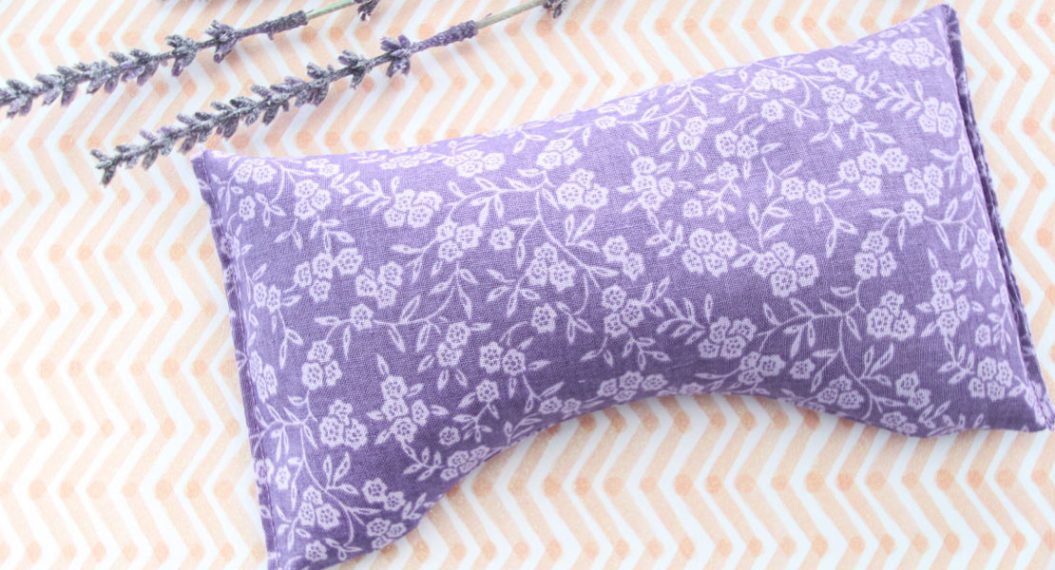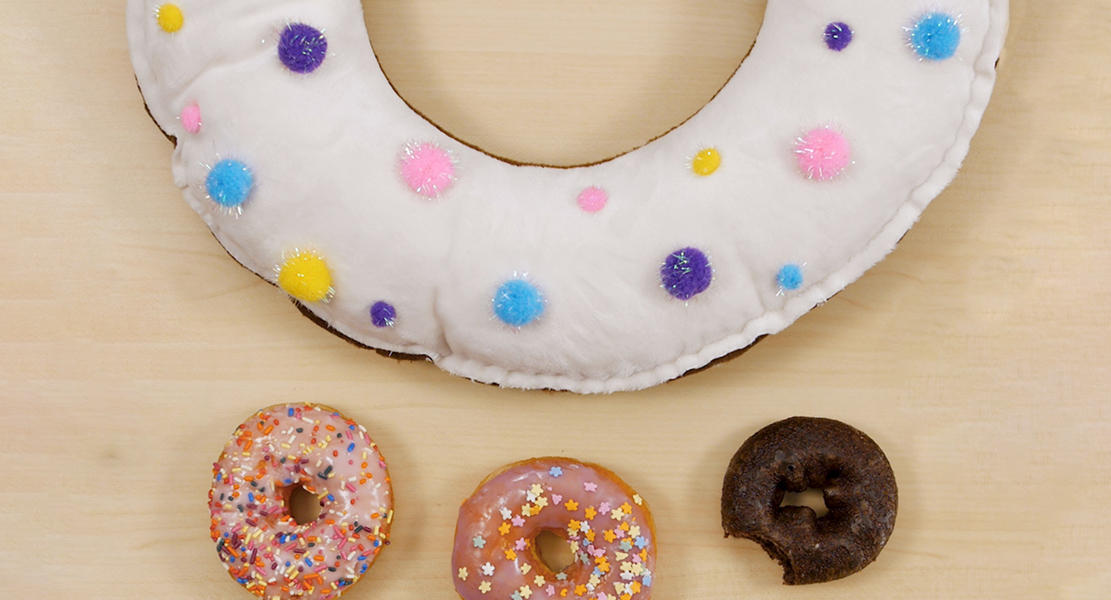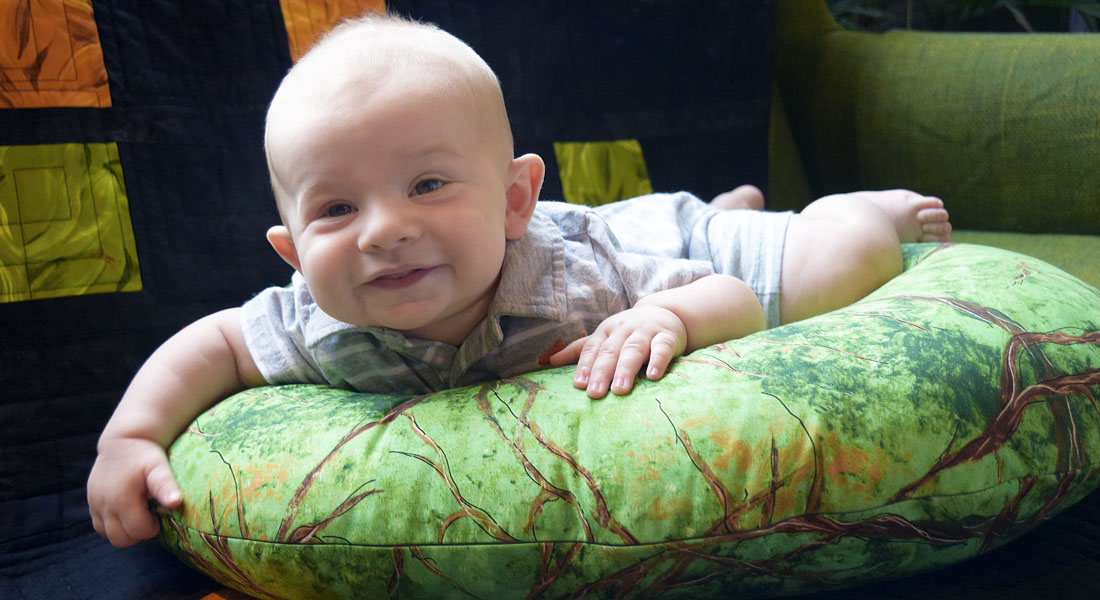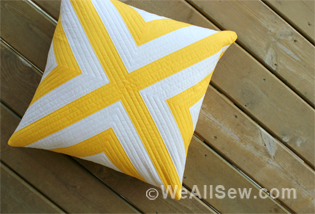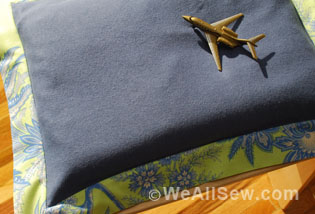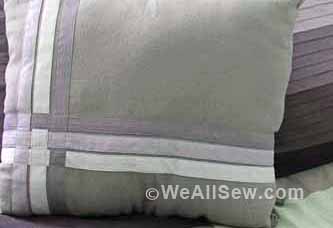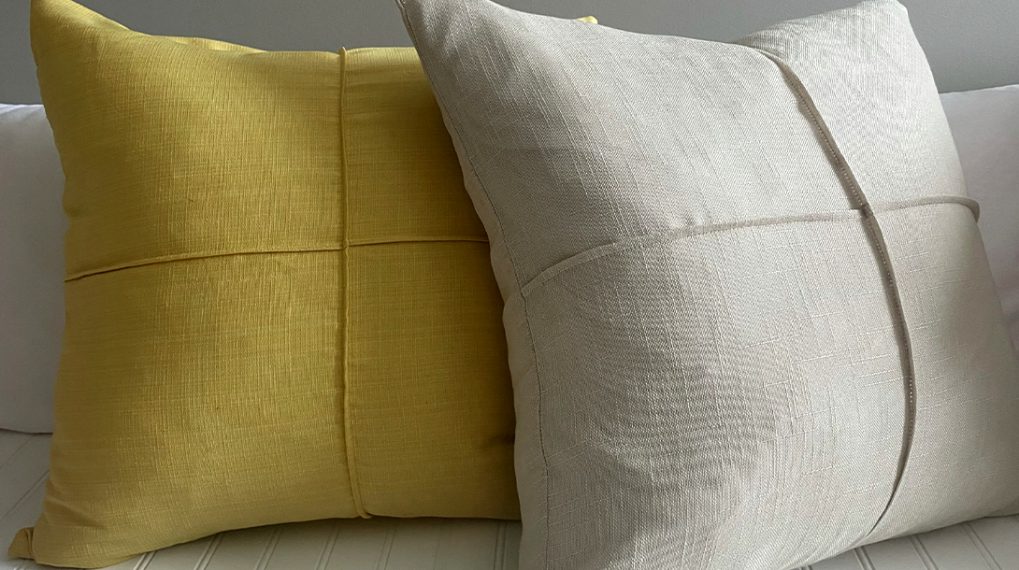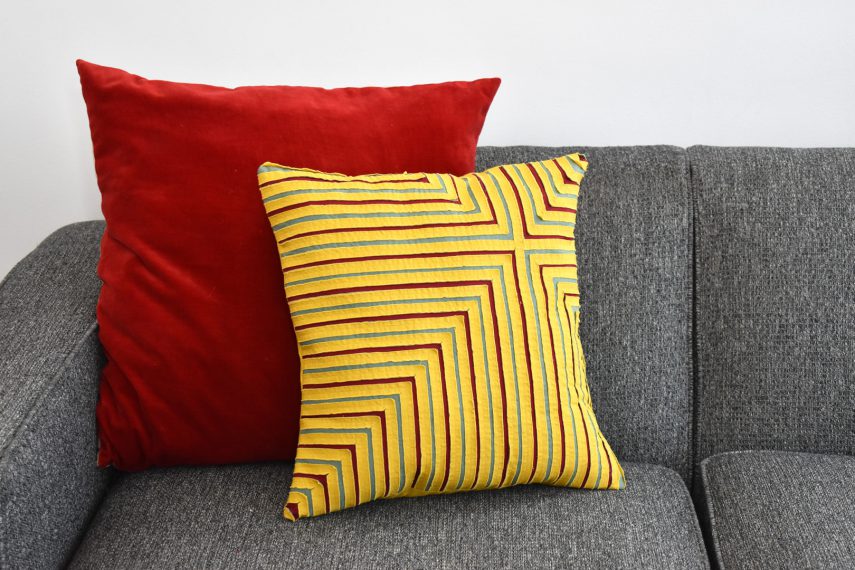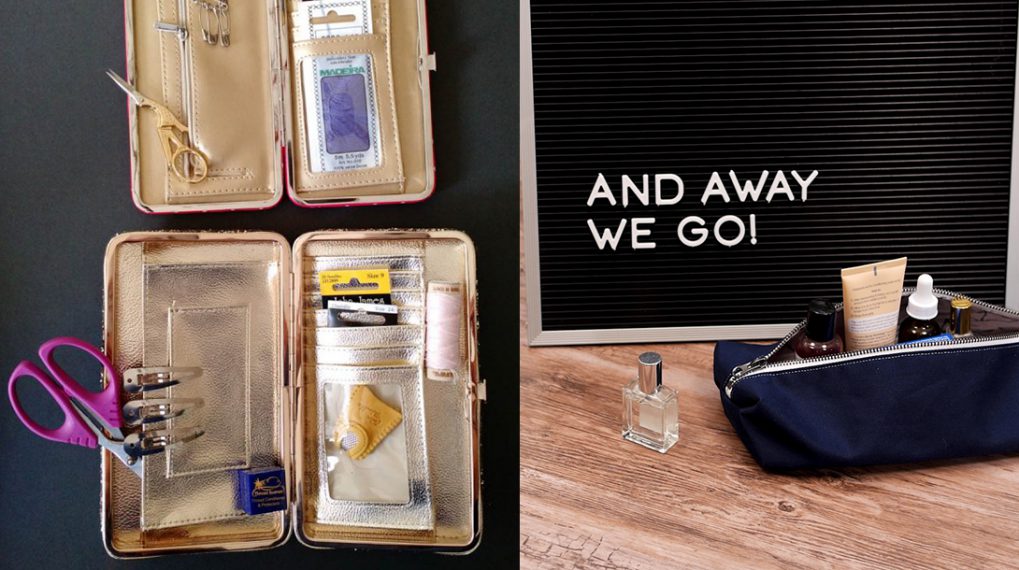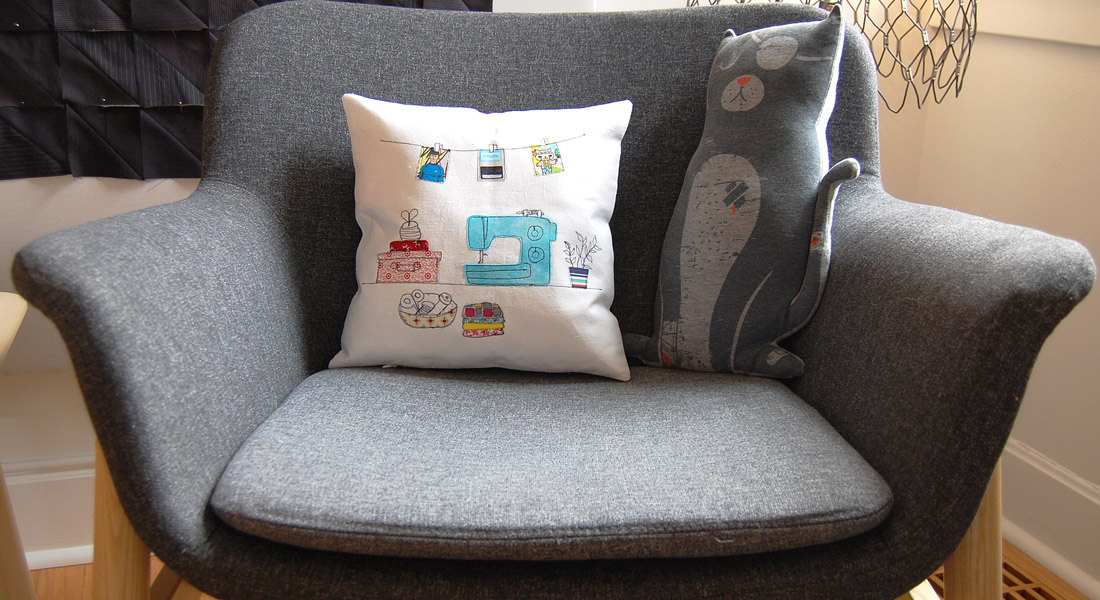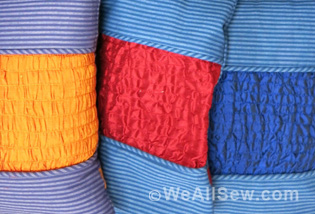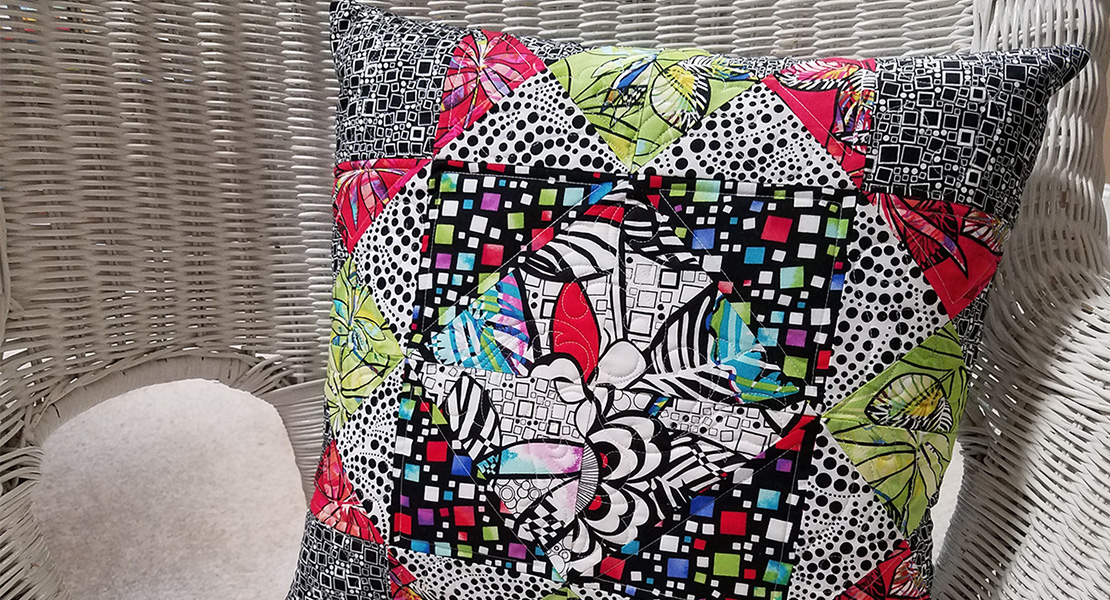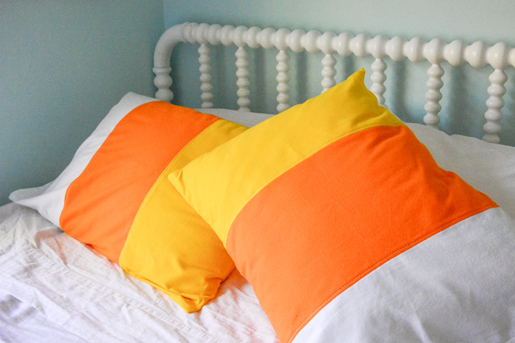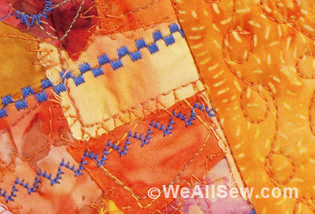DIY Corded Pillow Cover
A square pillow cover is pretty simple to sew and can totally transform a room with a punch of color or change of pattern. Add some fun piping to that pillow and you take it up a whole level. I love a piped pillow—it’s so tailored and professional looking. Not to mention all the design options.
You can make your own piping, purchase piping in the trims section of the fabric store, or look for it in the upholstery section. The piping I’m using for this pillow is meant for furniture and I love the oversized look.
Despite the big impact piping makes, it doesn’t add a lot of difficulty to your project. It just requires a bit of patience and that Zipper foot #4. I’ll walk you through the steps.
Materials to Make a Corded Pillow Cover
- 3/4 yard home decorating fabric (enough to cut a 20″ x 20″ square for your pillow front and another for your pillow back)
- 3 yards purchased decorative cording
- Coordinating thread
- 20″ zipper
- 20″ x 20″ pillow form
- Your BERNINA sewing machine (I use the BERNINA 580), and Zipper foot #4
- Needle and thread for hand sewing
How to make a Corded Pillow Cover
Cut two square of fabric measuring 20″x 20″. You’ll use one for the pillow front and one for the back.
Pin the cording to the right side of the pillow front by aligning the edge of the cord tape to the edge of the fabric square. Start and finish at the bottom center of your pillow front, overlapping the cording by a few inches. Allow the cording to round at the corners.
Using your Zipper foot #4, baste the cording to the pillow front by moving the needle as far to the left as possible and stitching close to the cording.
Start and finish your basting on either side of the overlapped cording at the bottom of the pillow, stitching as close to the overlap as possible.
Pin your zipper to the bottom of your pillow back with right sides together.
Stitch using your Zipper foot #4 very close to the zipper teeth.
Lay your pillow back on your pillow front, right sides together and pin the free side of the zipper, right sides together with the seam allowance of the bottom edge of the pillow front.
You’ll need to leave the section with the overlapped cording free.
Stitch the zipper to the pillow front stopping and starting on either side of the overlapped cording. You’ll now have your zipper installed at the bottom of the pillow cover as pictured below:
Pin the front to the back of the pillow cover, right sides together along the remaining three sides, being careful to pin around the curves towards the zipper to catch the zipper tape.
Stitch all the way around the pillow using your Zipper foot #4 and a .5″ seam allowance, which should place the stitching line very close to the cording.
Unzip the zipper and turn the pillow right sides out.
Now using a needle and doubled thread, hand stitch the zipper to the overlapped cording.
If your cording is too large to stitch as close to it as you’d like, you can hand stitch a seam inside your machine stitching.
Trim corners, tuck in your cording allowances at the bottom, insert your pillow form and zip closed.
There you have it. A professionally finished throw pillow.
You might also want to check out my posts on how to sew a flanged pillow sham and simple duvet cover in this bedroom home decoration series.
